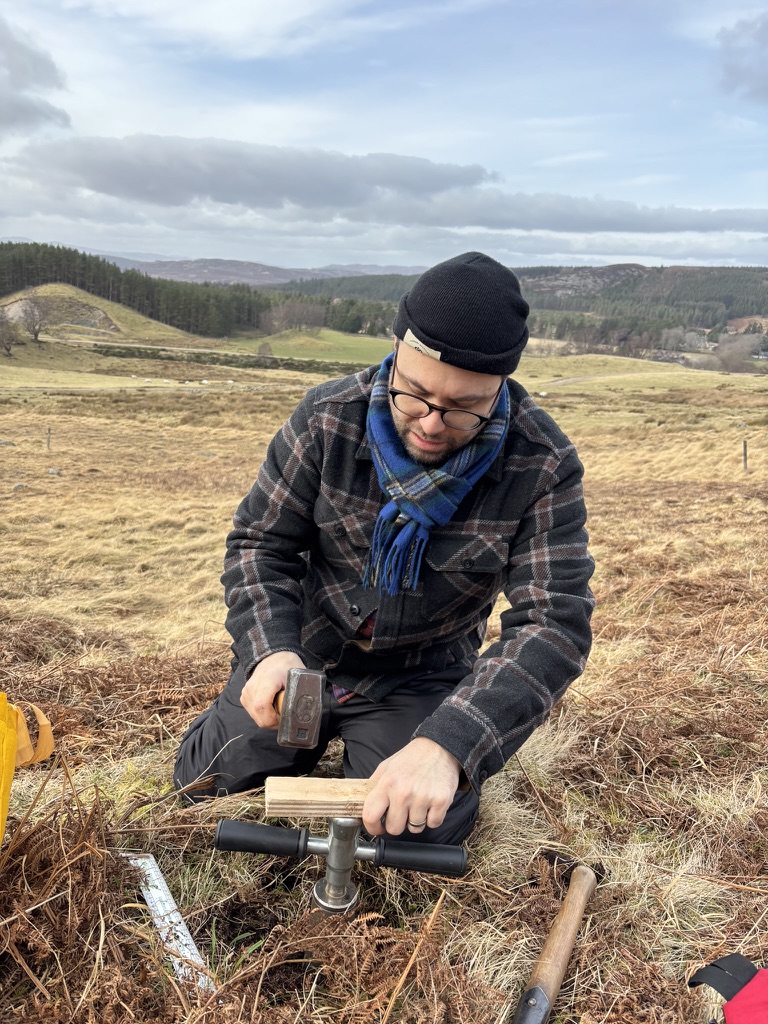Marc-Andre Cormier
I have a profound interest in the intricate interactions and feedback mechanisms between the biosphere and the geosphere, spanning both marine and terrestrial environments. My work explores these dynamics across various spatial and temporal scales, focusing on the development of innovative tools—particularly those involving stable and radiogenic isotope measurements—to unravel complex biogeochemical processes.
Beyond my core area of expertise, my research has also contributed to diverse fields, including ecotoxicology. I am deeply interested in the intersection of political systems and environmental management, particularly in addressing pressing challenges such as global warming and the proliferation of contaminants in ecosystems. The interplay between policy and science is a critical aspect of my approach to understanding and mitigating environmental issues.
In a paper published in New Phytologist in 2018, I addressed the long-standing question of unexplained variability in δ²H values of plant organic compounds, which have been widely used to study ecohydrological processes. This study presented a conceptual biochemical model grounded in empirical isotope data, significantly clarifying much of this variability. The findings demonstrated that δ²H values in plant compounds reflect not only hydrological signals but also carbon and energy metabolism. By detailing the points at which ²H-fractionations occur during biosynthesis and linking them to a plant’s metabolic pathways, the study introduced hydrogen isotopes in plant compounds as a novel metabolic proxy. This proxy has broad applications in plant physiology, biogeochemistry, and palaeoecology.
Building on my previous work, I co-authored a paper in 2021 in Plant, Cell & Environment that presented a new method for analysing non-exchangeable hydrogen isotope ratios in carbohydrates. The study developed a high-temperature vapour equilibration method, originally used for cellulose, and validated it against the traditional nitration method. Through a detailed analytical protocol, we applied this method to plant extracts from species with different photosynthetic pathways, including C3, C4, and CAM. This advancement holds significant potential for studying δ²H-fractionation processes more accurately, thereby improving mechanistic models and aiding in the development of new proxies for climate, hydrology, and plant physiology studies.
Looking ahead, I am excited to further explore the complex interactions between environmental systems, with a focus on expanding the application of isotope-based tools in biogeochemistry. My goal is to integrate these findings into more effective environmental management strategies, providing actionable insights for addressing global challenges like climate change and pollution. I am also keen to explore further opportunities for cross-disciplinary collaboration, both within the academic community and with policymakers.
For collaboration opportunities or further information about my research, please feel free to get in touch.
Schuler, P., Cormier, M.-A., Jobin, J., Werner, R. A., Buchmann, N., Gessler, A., Vitali, V., Saurer, M., Lehmann, M. M. A high temperature water vapor equilibration method to determine non-exchangeable hydrogen isotope ratios in sugar, starch, and cellulose (2021). Plant, Cell & Environment. https://doi.org/10.1111/pce.14193.
Cormier, M.-A., Werner, R. A., Sauer, P. E., Gröcke, D. R., Leuenberger, M. C., Wieloch, T., Schleucher, J., Kahmen A. 2H-fractionations during the biosynthesis of carbohydrates and lipids imprint a metabolic signal on the δ2H values of plant organic compounds (2018). New phytologist. http://dx.doi.org/10.1111/nph.15016


